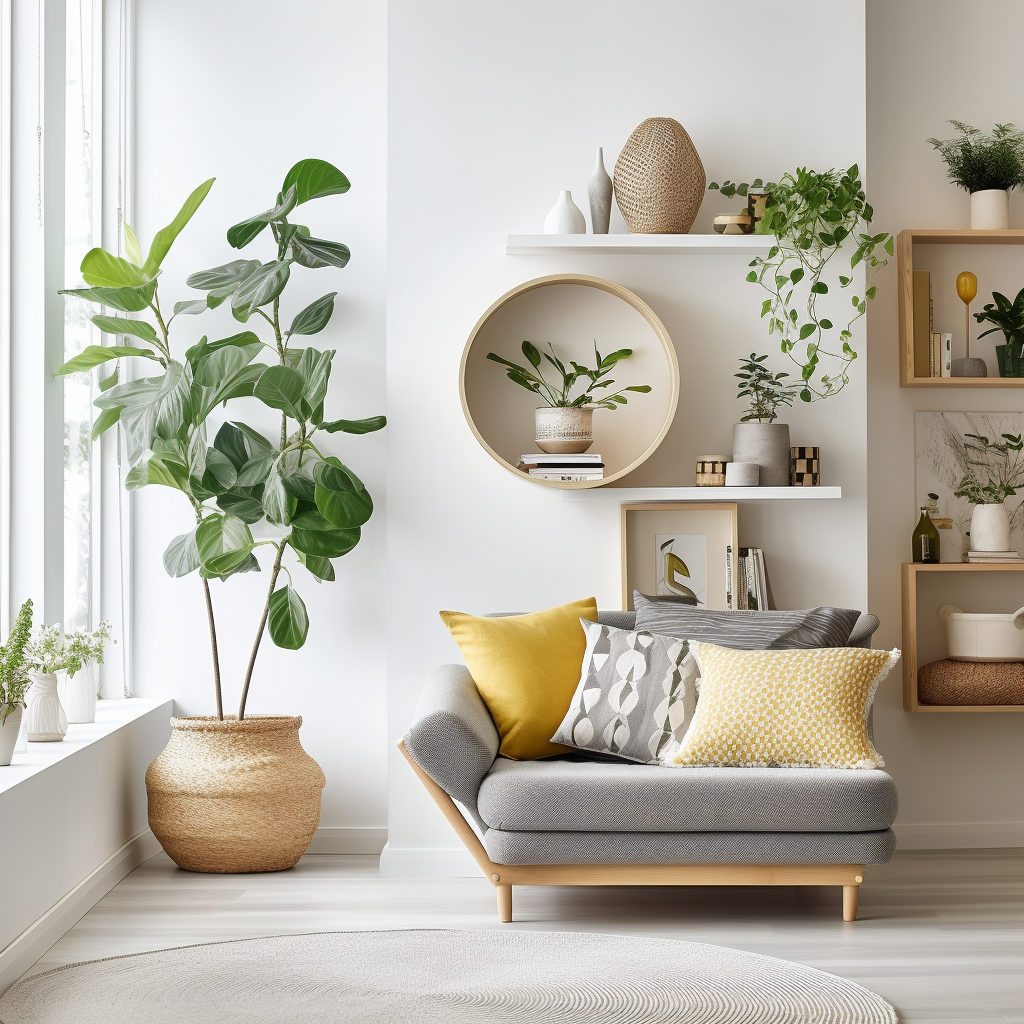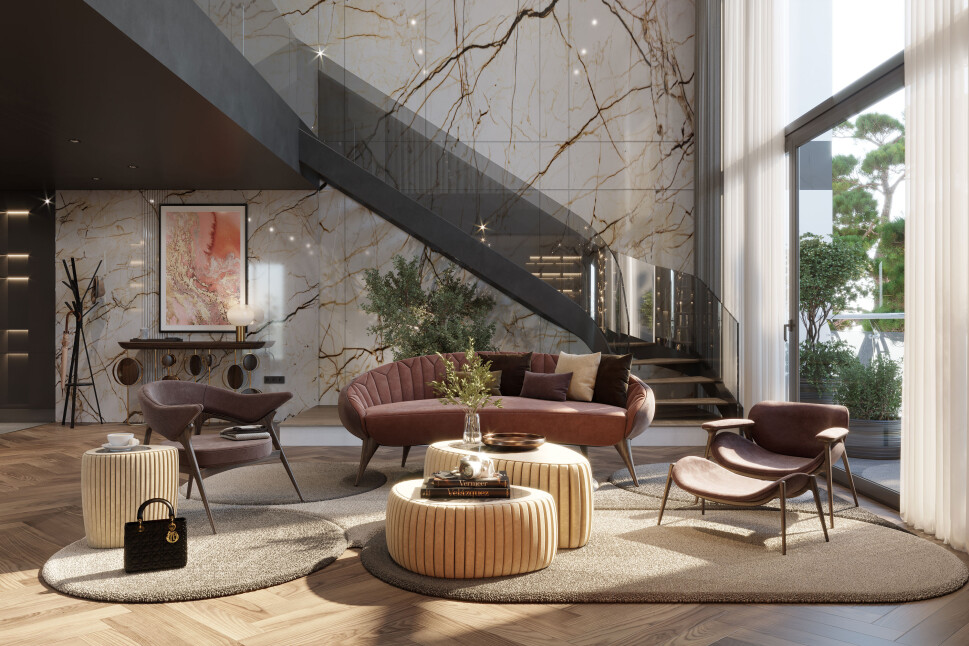Explore Innovative Solutions in Interior Architecture Miami
Wiki Article
Why Recognizing the Principles of Interior Design Is Crucial for Effective Space Preparation
Recognizing the concepts of indoor layout is fundamental to effective space preparation, as it lays the foundation for developing settings that integrate capability with visual allure. Essential aspects such as proportion, circulation, and equilibrium are not merely decorative considerations; they are critical in maximizing just how a space is made use of.Value of Area Preparation
Space planning is a fundamental aspect of interior decoration that significantly influences the performance and visual appeals of a space. It involves the strategic arrangement of furnishings, components, and architectural elements to optimize using offered area while improving the total user experience. Reliable area preparation addresses various elements, consisting of circulation, availability, and the certain requirements of the passengers.One of the primary benefits of room preparation is its ability to improve spatial efficiency. Interior architecture Miami. By thoughtfully arranging a layout, designers can guarantee that every area offers an objective, lowering clutter and promoting a sense of order. Furthermore, appropriate area preparation promotes a harmonious atmosphere, enabling seamless activity and communication within an area
Moreover, effective room preparation thinks about all-natural light, sightlines, and the relationship in between various areas. This alternative approach not only raises the aesthetic allure yet additionally adds to the well-being and performance of the passengers. Ultimately, a well-executed area plan is crucial in developing a well balanced and inviting ambience, making it vital for any interior decoration task.
Trick Concepts of Interior Decoration

One essential concept is balance, which can be balanced, unbalanced, or radial. Symmetrical balance produces a sense of order, while asymmetrical equilibrium offers a much more dynamic visual allure. One more critical concept is percentage and range, making sure that the size of furnishings and decor components relate harmoniously to every various other and the total room.
Color concept additionally plays a significant function, influencing state of mind and assumption. Developers utilize color palettes to evoke particular feelings and improve the spatial experience. Furthermore, the concept of rhythm entails developing a feeling of activity via repetition of colors, patterns, or shapes, guiding the eye throughout the space.
Lastly, the concept of focus directs attention to prime focus, permitting a clear narrative within the layout. Interior designer Miami. By adhering to these essential principles, interior developers can develop environments that not just fulfill useful needs yet additionally reverberate with the owners on a psychological level
Effect on Performance and Circulation

The arrangement of furnishings, the option of materials, and the integration of technology all play important functions in attaining optimal functionality. For circumstances, putting seating locations in distance to work areas can facilitate interaction and partnership, thus enhancing performance. In addition, making sure that pathways are unblocked and clear permits reliable motion, reducing blockage and promoting an all-natural flow throughout the room.
Additionally, incorporating aspects such as lighting and shade can further assist in defining locations, making it much easier for individuals to browse their environment. Thoughtful area planning thinks about not only the physical elements of design however additionally exactly how customers communicate with their environments. Eventually, a concentrate on functionality and circulation not just enhances the customer experience but additionally elevates the total efficiency of the room, creating a setting that meets the requirements of its occupants while promoting a feeling of harmony and equilibrium.
Enhancing Looks and Mood
Three vital elements-- illumination, appearance, and shade-- play critical duties in enhancing the looks and mood of an interior space. Shade develops the emotional tone; cozy colors like oranges and reds stimulate power and heat, while cooler tones check my source such as blues and greens advertise peace and tranquility. Choosing a harmonious color combination can transform an area, producing a aesthetically enticing and natural environment.Structure includes deepness and passion, adding to the responsive experience within an area. A mix of appearances-- smooth surface areas, deluxe textiles, and all-natural products-- can produce visual intrigue and improve comfort. Matching a soft velvet couch with a streamlined glass coffee table can develop a well balanced aesthetic that invites communication.
Illumination, frequently an overlooked component, dramatically effects state of mind. Natural light fosters an open, ventilated environment, while strategically positioned synthetic lights can produce heat and highlight building functions. Dimmer from this source buttons enable convenience, permitting adjustments to fit various tasks or times of day.
Incorporating these 3 elements attentively not only raises the aesthetic appeal of a room but likewise grows an atmosphere that reverberates with its intended function, inevitably enriching the general experience for its occupants.
Practical Applications in Reality
Using interior style principles in reality requires a thoughtful technique that incorporates color, structure, and illumination right into everyday spaces. By comprehending just how these aspects collaborate, people can produce settings that are not just aesthetically appealing however unified and also functional.For example, in a little living area, utilizing a light shade scheme can make the room really feel bigger and more open. Strategic use mirrors can enhance natural light and create an illusion of depth. Incorporating various structures with textiles, such as rugs and cushions, can add warmth and interest without frustrating the detects.
Lighting plays an important function in defining the environment. Layered lighting, consisting of ambient, job, and click now accent alternatives, permits adaptability in state of mind setups. In an office, for example, a combination of all-natural light, workdesk lights, and ornamental fixtures can boost productivity while maintaining an inviting setting.
In addition, recognizing spatial connections and furniture arrangement can lead to improved functionality. By adhering to concepts such as equilibrium and percentage, one can make sure that areas offer their designated function while remaining cosmetically pleasing. On the whole, functional applications of interior design concepts substantially improve the livability and appeal of any setting.
Final Thought
In conclusion, recognizing the concepts of interior decoration is important for effective room planning, as it cultivates a balance between capability and appearances. By applying key principles such as proportion, color concept, and flow, designers can produce environments that boost both functionality and visual charm. Inevitably, this understanding adds to the advancement of rooms that not only fulfill useful demands but additionally raise the total environment, bring about even more efficient and satisfying experiences for users.Recognizing the principles of indoor design is essential to reliable area preparation, as it lays the groundwork for developing atmospheres that integrate performance with visual charm.Area planning is an essential facet of interior layout that considerably affects the capability and looks of a space. Furthermore, correct space planning cultivates a harmonious atmosphere, permitting for seamless motion and communication within a room.
Additionally, the principle of rhythm includes producing a feeling of activity through repeating of shapes, patterns, or colors, assisting the eye throughout the space.
In conclusion, comprehending the concepts of indoor design is important for efficient room preparation, as it fosters a balance between performance and aesthetics.
Report this wiki page